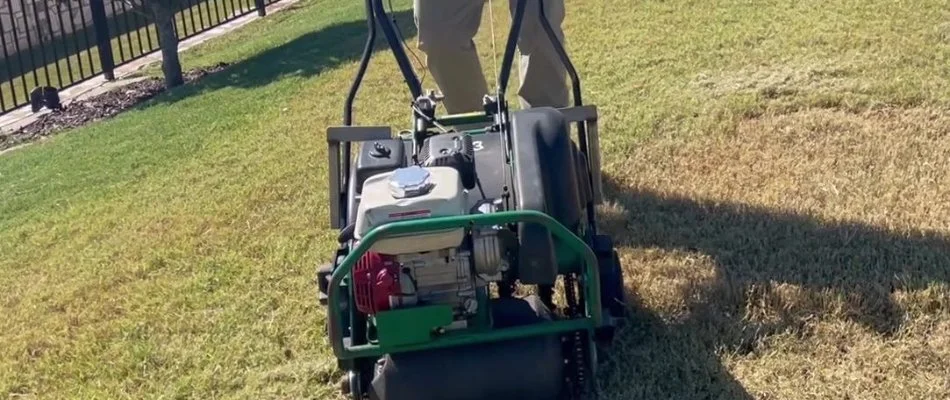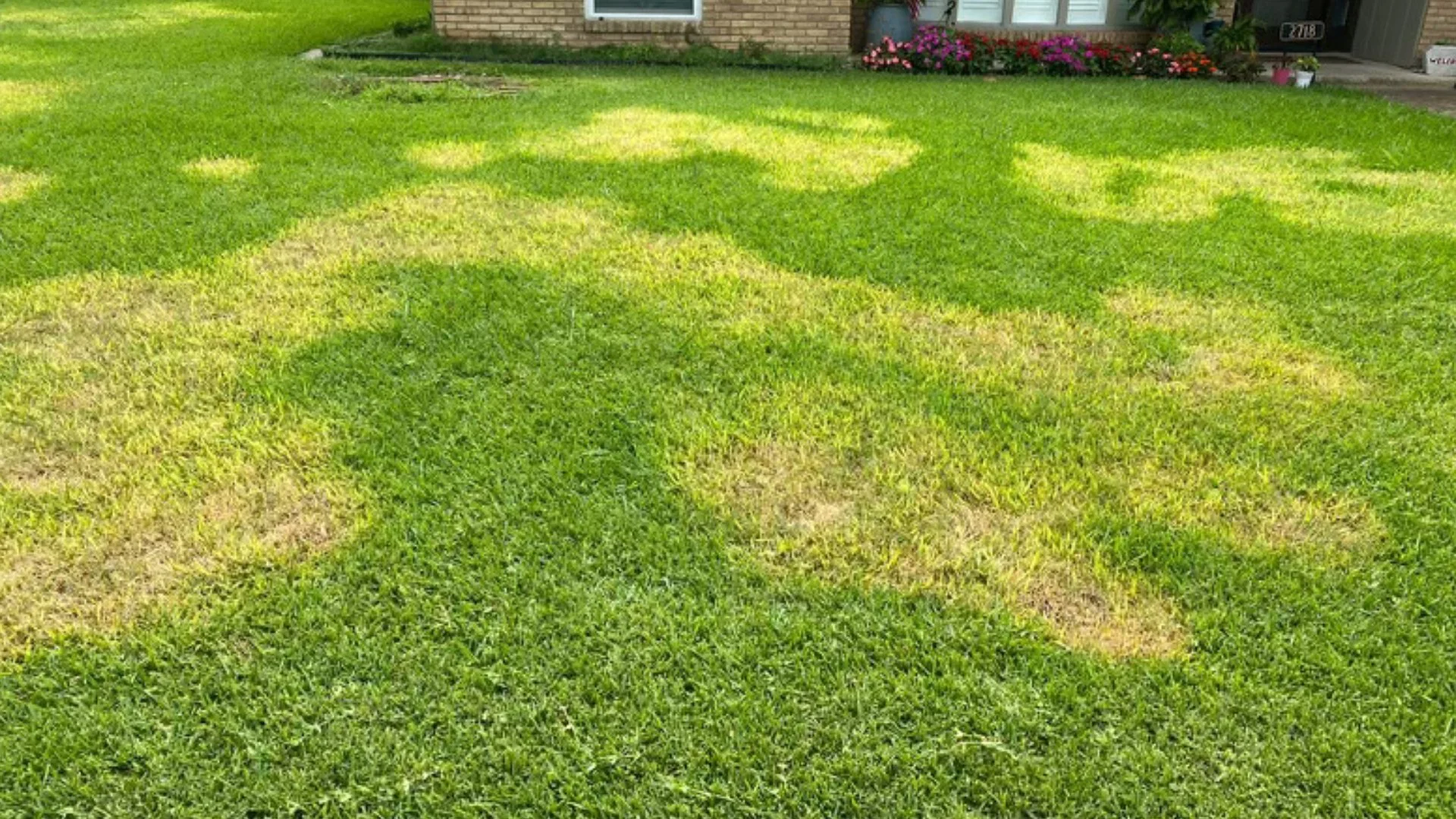No one wants to discover that their lawn has a fungal disease, but if you've noticed irregular brown patches and wilting grass, it might be a case of take-all root rot, otherwise known as TARR. This fungal disease attacks the roots of your grass, causing them to become shorter and rotten. It is prevalent in Texas, and it mainly affects St. Augustine and bermudagrass in the spring and early summer. Compacted soil, excessive thatch build-up, overwatering or underwatering, and lack of sunlight are some of the typical elements that help this fungus grow. However, there's no need to panic, as take-all root rot can be prevented by investing in preventative treatments and implementing proper lawn care practices, such as proper watering, fertilization, and aeration.
What is take-all root rot, and what damage does it cause to your lawn?

Take-all root rot is a type of fungus that can be detrimental to the health of your lawn. This fungus attacks the roots of your grass, and upon closer inspection, you may notice that they're shortened and rotten. Without the roots to tether your lawn to the soil and absorb vital resources, it'll become yellow, eventually leading to irregular brown patches of thinning, withered grass. It's important to keep an eye out for any signs of take-all root rot and take action as soon as possible to prevent further damage to your lawn.
Take-all root rot symptoms closely resemble chinch bug damage, so you'll want to enlist the help of professionals to identify which issue is harming your lawn.
What conditions cause take-all root rot, and when does it become problematic?
Take-all root rot often appears in the spring and early summer once your lawn emerges from winter dormancy. There are several potential causes for take-all root rot, but overall, it is due to stressors negatively affecting your turf. Compacted soil, excessive thatch build-up, overwatering and underwatering, as well as excessive shade, can help contribute towards the establishment of this fungal disease on your lawn.
Compacted soil can prevent air, water, and nutrients from reaching the roots of your grass, creating conditions that favor take-all root rot development. Too much thatch build-up on your lawn can also create a breeding ground for this fungus and prevent the roots from absorbing valuable resources. Meanwhile, overwatering can create moist conditions that promote the growth of fungal diseases, while underwatering can stress out your lawn. Too much shade can also help facilitate a dark environment that fungal infections love.
There are measures you can take to prevent take-all root rot on your lawn.

Thankfully, there are a number of strategies to shield your lawn from take-all root rot. Above all, it's crucial to invest in preventative treatments designed to specifically prevent this fungal disease from causing problems in the first place. You should also practice proper watering and fertilizing habits to avoid creating conditions conducive to take-all root rot and ensure your turf has the resources it needs to stay in optimal health. Finally, you'll want to regularly aerate your lawn, which involves removing small plugs of soil to alleviate compaction and improve airflow, water penetration, and nutrient absorption.
Call us to schedule our take-all root rot control service!
At Weedex Lawn Care, we offer a take-all root rot control service to keep this fungal disease from harming your lawn! We offer take-all root rot control treatments to help prevent and treat it. We also offer core aeration and fertilization to help further strengthen your lawn and ensure this fungal disease doesn't get the upper hand. If you own a residential property in Dallas, TX, or in other nearby areas, such as Fort Worth or Arlington, then give us a call at (972) 727-9207 to schedule our take-all root rot control and lawn care services today!



Comments (0)
Thanks for your comment!
Thanks for your feedback! Your comments have been successfully submitted! Please note, all comments require admin approval prior to display.
Error submitting comment!
There is a problem with your comment, please see below and try again.